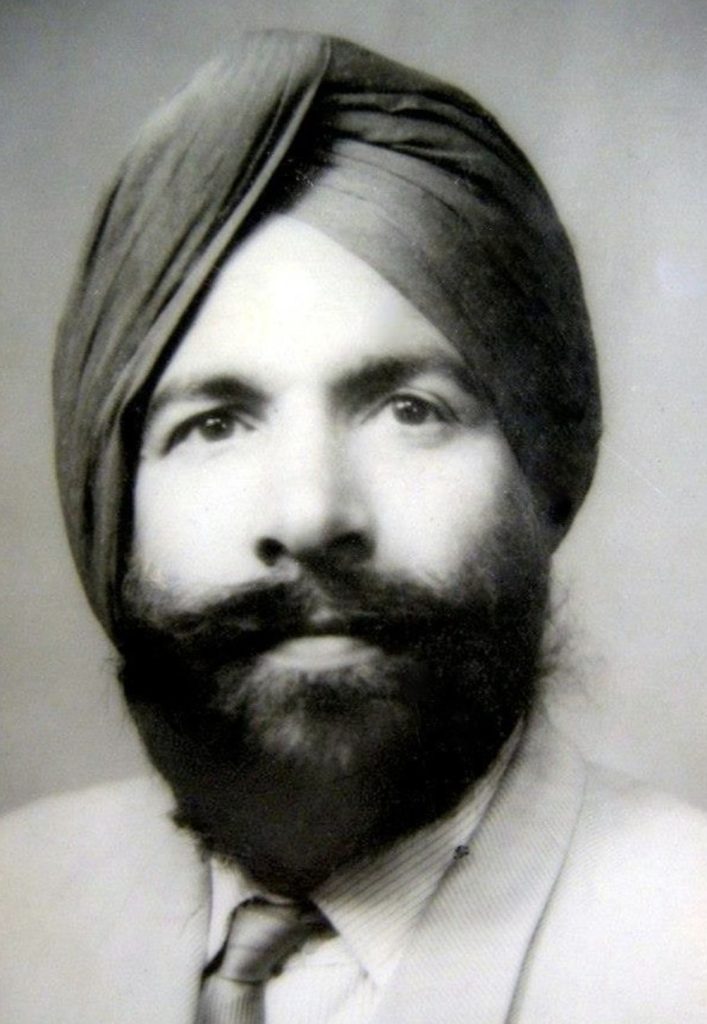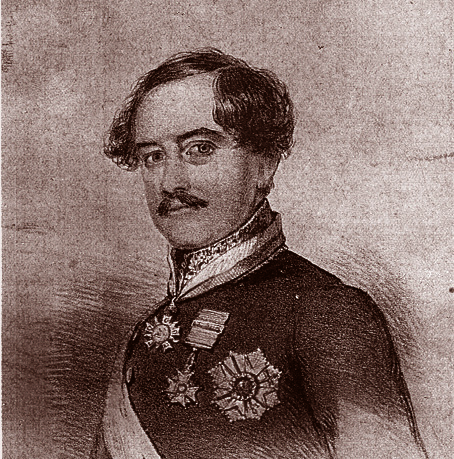AKHBAR LUDHIANA, a weekly newspaper in Persian sponsored by the British North-West Frontier Agency at Ludhiana in November 1834. The paper, a four page sheet initially, but doubling its size within two years, started printing at the American Missionary Press, Ludhiana, shifting to the Pashauri Mall Press, Ludhiana, in June 1841. Three years later it ceased publication. It had a small circulation mainly determined by the requirements of the East India Company\'s government. The name of the editor or subscription rates were nowhere mentioned. The Akhbar carried news furnished by English news printers from various parts of the Punjab.
Discover the intriguing story of Stephen Lane, an American who rose through Scindia's ranks and joined Maharaja Ranjit Singh's army in 1834.
Dive into Kulwant Singh Virk's gripping stories of rural Punjab, celebrated for their psychological depth and modern narratives. Discover award-winning tales.
ANGLOSIKH WAR I, 1845-46, resulting in the partial subjugation of the Sikh kingdom, was the outcome of British expansionism and the near anarchical conditions that overtook the Lahore court after the death of Maharaja Ranjit Singh in June 1839. The English, by then firmly installed in Firozpur on the Sikh frontier, about 70 km from Lahore, the Sikh capital, were watching the happenings across the border with more than a neighbour`s interest. The disorder that prevailed there promised them a good opportunity for direct intervention. Up to 1838, the British troops on the Sikh frontier had amounted to one regiment at Sabathu in the hills and two at Ludhiana, with six pieces of artillery, equalling in all about 2,500 men.
Explore the pivotal role of Ludhiana Political Agency in Anglo-Sikh relations. Discover its transformation from a military post to a diplomatic hub.
Explore Sir Claude Martine Wade's diplomatic finesse with the Sikhs and his impactful role in Anglo-Sikh relations during the 19th century.
BENET, a Frenchma n, was one of the European physicians at the court of Maharaja Ranjit Singh. He arrived at Lahore in 1838, and was given employment as a personal physician to the Maharaja and surgeon general to the Khalsa army on a monthly salary of Rs 1,000. After the Maharaja`s death, Benet left Lahore. He shifted to Ludhiana and started practice as a physician. He had some trouble with the British there and was forced to return to his native France.
Explore the life of Frederick Mackeson, a key figure in 19th-century Anglo-Sikh relations, diplomacy, and the Indus navigation scheme.
Discover the story of Wafa Begam, her brave quest to rescue Shah Shuja, and the famed Kohinoor diamond in 19th-century India.






